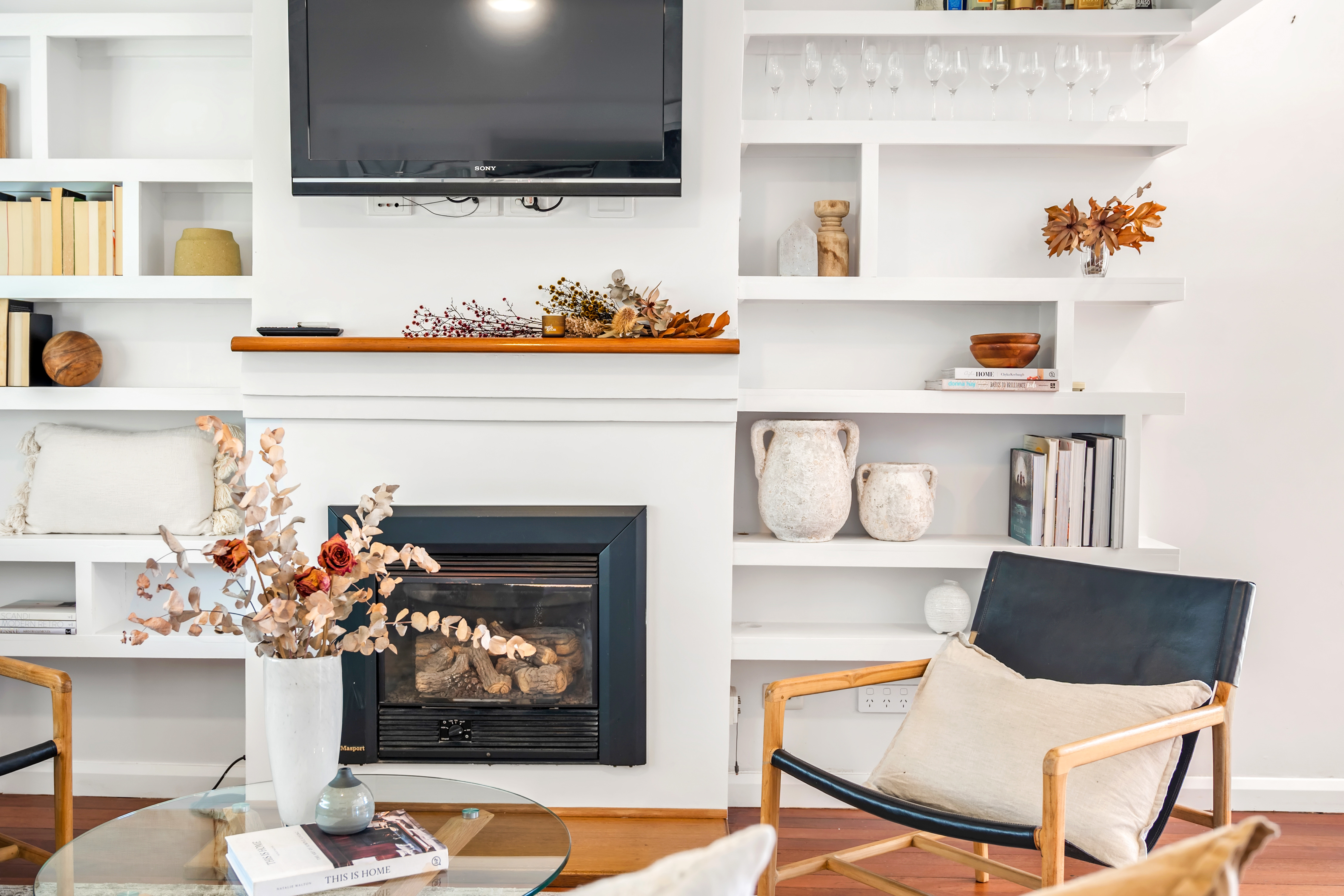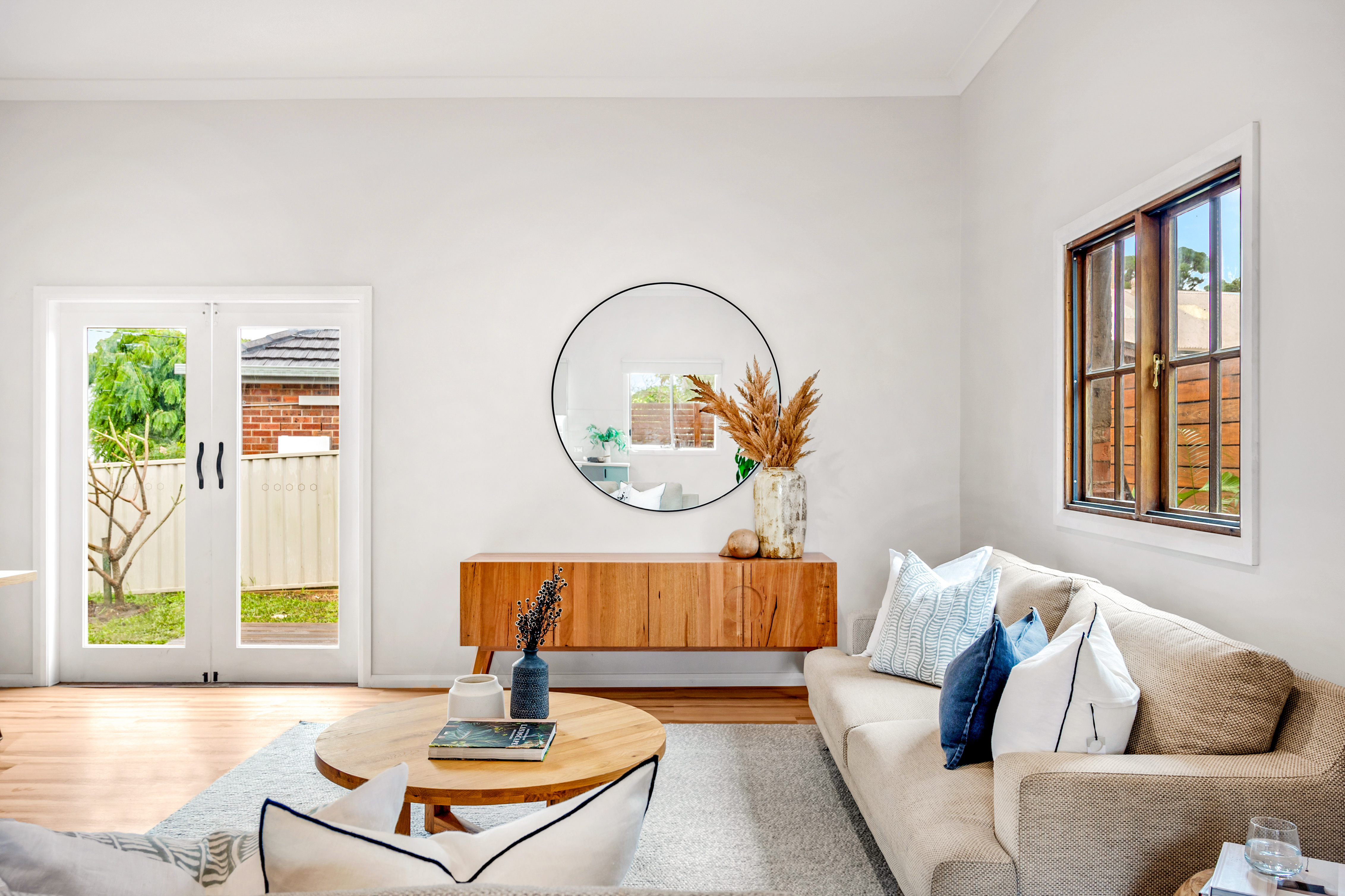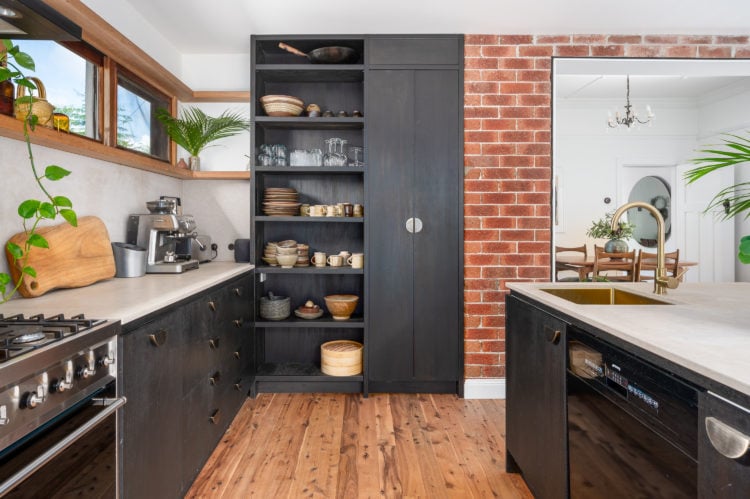The housing market across most of the country is still red-hot. On April 1, housing data provider CoreLogic reported that Sydney house prices jumped by 4.3 per cent in March to a new median of $1,112,671.
During this time, the median house price in the Newcastle LGA in March was recorded at $767,000. In February, the median was $730,000. This is a staggering 5.1% increase in one month alone. We don’t typically report on month-by-month price increases as our sample size here in Newcastle is relatively small (193 houses sold in March) versus thousands in Sydney.
But, given Sydney’s 4.3 per cent jump in March was described as the fastest monthly growth since August 1988, we thought it was worth including (even if this number flattens a little once more data and time are added). It is not just Sydney and Newcastle recording quick price gains. The average of our five largest capital cities showed a 2.8 per cent rise in March, which (despite being lower than ours locally) was still the highest monthly rise in more than three decades.
Before we get too excited (or depressed), it is worthwhile putting things into perspective. These capital city areas are only up 2.6 per cent from their July 2017 peak after a fall of nearly 18 per cent in between. Here in Newcastle, the peak was lower, and we are now well and truly at record price levels.

The biggest question we are getting at open homes is when do you think this will end? It’s a good question, but knowing the answer is near impossible to know.
If Newcastle prices continue at their current trajectory of 5.1 per cent per month, the median house price will double in just 14 months. We just can’t see that being sustainable over such a short period of time.
As you can see on our map on the page opposite, the average Newcastle suburb has increased around 60-80% over the last ten years making such a climb in just one month alone something to behold. Our feeling is the market has some room to run but unlikely to sustain such rapid month to month rises.
Looking at these ten-year statistics, it is easy to identify that inner-city prices have outperformed ones further out. A willingness to pay more for a prime location is not a new phenomenon. Outer suburban areas like Maryland and Fletcher have struggled primarily due to new land releases that don’t impact inner-city suburbs.
On the ground, quick price rises won’t come as a surprise to buyers or real estate agents. We are feeling this kind of rise each and every Saturday.
We’ve tried to summarise how people are feeling on our Property Rollercoaster page. It’s pretty emotional out there. The celebration of securing a property. The desperation for those that have missed out. It’s pretty gut-wrenching at times.
During the previous boom from 2016-2017, the Australian Prudential Regulatory Authority put the brakes on the market by ensuring banks limited interest-only loans and lending to investors. It is possible action like this may happen again. Interest rates are likely to stay low for the medium term; however, all markets cool eventually once prices become so high buyers can’t afford to pay.
For the time being, rising prices help consumer confidence, spending and general economic conditions. All things the government is wanting to encourage.
- Dave & Roland


